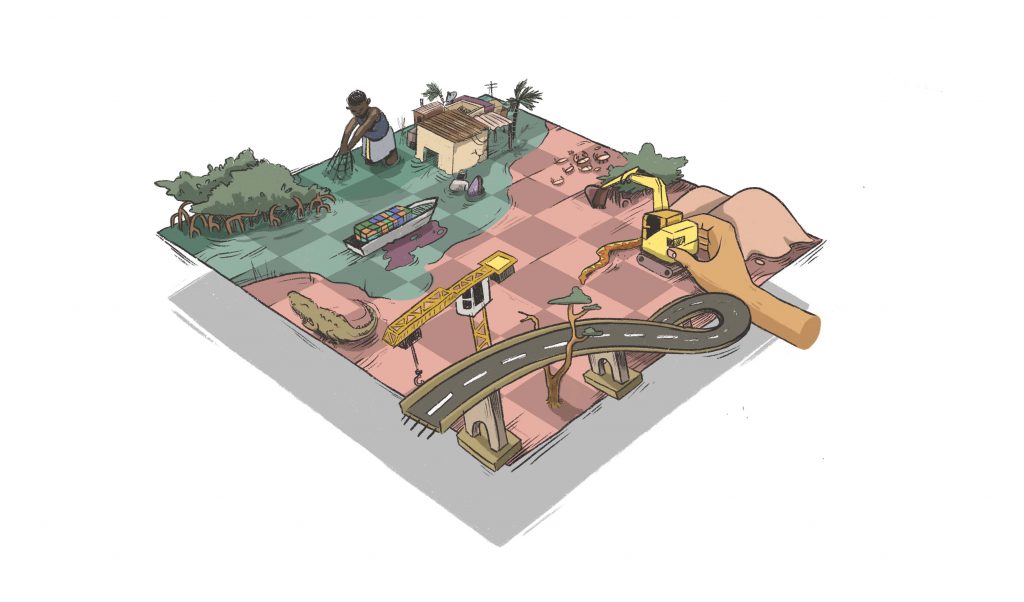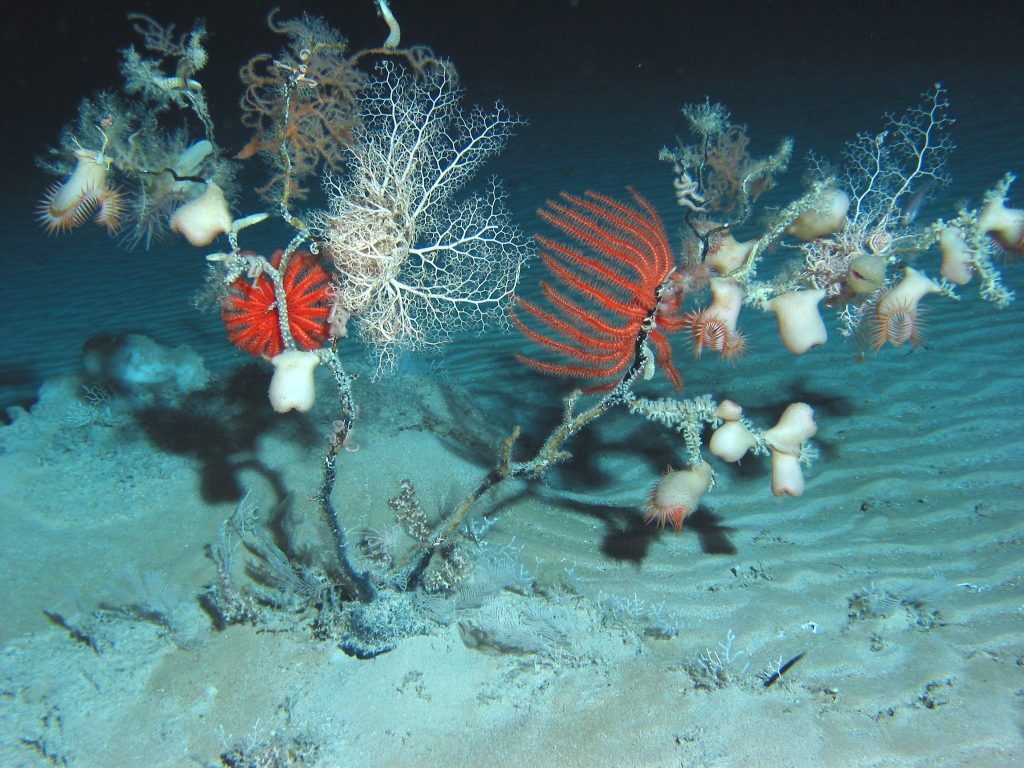The realities of climate change are forcing conservation practitioners around the globe to take a closer look at how they design nature conservation strategies and actions. Business-as-usual approaches are at risk of failing over time. For example, rising seas can drown out coastal conservation easements and refuges intended to protect salt marsh ecosystems and species. Ignoring these climate-related risks could lead to wasted conservation investments at a time when awareness of humanity’s dependence on healthy ecosystems—to support people’s livelihoods and well-being, stabilize the climate system, and protect against pandemics—is ever increasing.
As conservation practitioners and funders begin to accept this new reality, they are faced with the challenges of how to make their investments “climate-smart”. In our new paper, Rapid assessment to facilitate climate-informed conservation and nature-based solutions, we present an accessible framework for addressing the question of what, if anything, do we need to do differently about conservation work to be effective in a changing climate? Our framework prompts users to consider the common refrain of “What, When, Where, Why and Who”—or the “5Ws”—to determine if strategic adjustments in these dimensions of a conservation project will increase the likelihood of desirable outcomes as the climate changes.

“What” refers to the need to consider modifying current actions or taking new actions to ensure their long-term effectiveness, for example by re-designing culverts and road crossings to allow for fish passage during larger flood events that are expected to become more frequent. A project might adjust the “Where” by selecting implementation sites that are projected to remain suitable for a target species or support specific ecosystem services into the future. The “Who” of a project can relate to how climate change might alter with whom the work needs to be conducted, who is likely to benefit, and who might bear potential unintended harm or tradeoffs.
The 5Ws rapid assessment emerged from a decade of climate-informed conservation grantmaking through the Wildlife Conservation Society’s Climate Adaptation Fund. Since 2011, the Climate Adaptation Fund has invested over $21 million in over 110 conservation projects across the United States that have designed their goals and actions to address climate risks. This portfolio offers numerous examples of conservationists shifting the paradigm of conservation practice. Over time, a clear framework for making climate-informed modifications emerged as altering the What, When, Where, Why, and Who of their work.
As climate change accelerates, the need for proactive, climate-informed conservation action in ecosystems across the planet is imperative. By translating lessons from these funded projects into a rapid assessment tool, we aim to provide a practical entry point to help newcomers to climate adaptation get started on the path to safeguarding conservation investments from a changing climate.
Further reading
Oakes, L. E., M. S. Cross and E. Zavaleta. 2021. Rapid assessment to facilitate climate-informed conservation and nature-based solutions. Conservation Science and Practice






